Q&A with Nicolas Olmedo, co-founder of Copperstone Technologies

Posted on Mar 22, 2016 7:00 AM. 6 min read time
Robotiq’s Force Torque Sensor was designed for assembly, product testing, precision part insertion and other industrial robotic applications. It can sense within the millimeter where something needs to be placed. Nicolas Olmedo has found an environment for the FT 150 far from the factory floor and is using it in ways our engineers never dreamed of: monitoring oil sands and mine tailing ponds.
The PhD candidate from the University of Alberta is one of the founders of Copperstone Technologies. The company was started in 2014 with fellow graduate engineers. Among its services, it offers monitoring of tailings ponds used for oil sands and mining extraction. Oil extraction and mining firms hire companies to do studies on the density and make-up of the waste from their extractions. Copperstone provides testing equipment to some of these companies.
One of the pieces of equipment they offer is their AR1, an amphibious robotic vehicle that can navigate mud, water, sand and firm ground to take samples and measurements from otherwise inaccessible locations. The key feature in the unmanned vehicle is the FT 150, which can help measure the terrain of the tailings and scoop up samples without disturbing the drying crusts.
We were lucky enough to talk with Nicolas Olmedo and have him answer a few of our questions. He tells us how the Force Torque Sensor has managed to take on a new role as tailings pond monitor. Here is our interview:
Robotiq: Tell me about some of the inhospitable areas being looked at by the researchers you serve.
Nicolas: These are tailing ponds and tailings deposits where all the waste is laid out. It looks like thin mud. The material that settles at the bottom is dredged up and laid out in spaces where it can eventually dry out. Once it’s left out in the open it becomes a sludge. These are huge pools, kilometers in length. Workers don’t work in these types of environments. They’re not safe. It’s not like mud that you can walk through. It sticks to you, like very thick honey.
R: What have traditionally been the challenges facing researchers who wanted to test these kinds of areas?
N: You can use amphibious vehicles, which are huge barges the size of mining trucks and those in charge of collecting the material work from the barge. The operating costs of those vehicles are huge. In many cases those vehicles get stuck or they’re so large that they disturb the deposit. And then researchers have to wait months until the deposit freezes again or forms another crust.
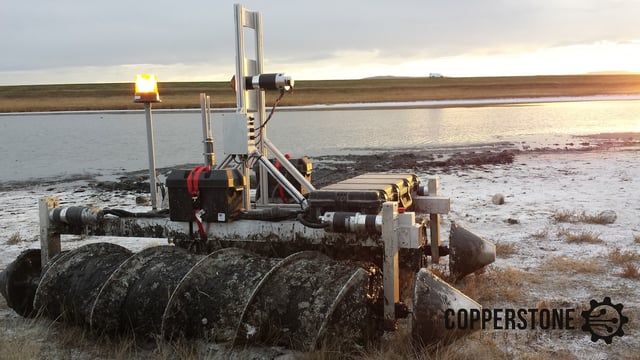
R: How were your vehicles able to overcome the challenges you just described?
N: Copperstone developed an amphibious vehicle, smaller than a regular size car, that is able to go on very soft deposits soon after the material is poured out. These vehicles don’t carry people, but are robots that can be teleoperated. Operators can be a couple of kilometers away and watch via an onboard camera. They can deploy equipment for surface and subsurface sampling, and work with instruments that will tell us other information.
R: Why did you choose Robotiq's Force Torque Sensor? What made you think that something normally employed to manipulate a part could also be used to collect samples and gauge mining waste?
N: Instead of using the industry standard like the cone penetrometer, we use something that does not require you to stop and collect measurements. We sample collections using a terra mechanic wheel. It’s an arm with a wheel at the end, and the wheel spins and collects measurements left on the surface of the deposit.
We needed sensors that measure the torque and forces of the instrument that is touching the ground. You’re rotating a wheel on the surface of the deposit and the wheel is slipping; so depending on the slip and the forces on the wheels, you can estimate the parameters of the soil. You can understand the characteristics of this material by understanding its interaction with these types of tools.
R: So, what is normally used to manipulate a part is now measuring the density of a material.
N: In this case our tool, instead of being a screwdriver, is the wheel. We’re interacting with our environment – the pond and the mud. We can learn something about what we’re touching, say… if we’re applying too much force and can use those measurements to understand the material.
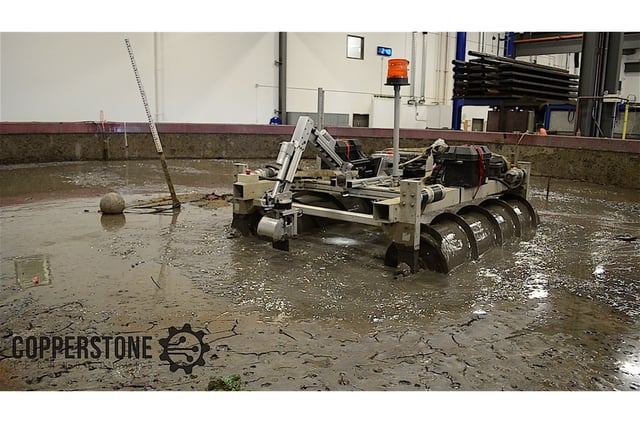
R: How did the Force Torque Sensor come to be incorporated into your machine?
N: The design of this machine is a revision on the idea of using a wheel to understand the terrain. The first one was a wheeled vehicle where the wheel was part of the propulsion mechanism. We wanted to develop a vehicle that could travel into soft areas. So we used a fifth wheel to measure the forces on the axle supporting the wheel. It was an excellent fit for the torque sensor because we needed something that we could manipulate and would be able to measure our tool’s interaction with the environment.
Before, we were measuring our forces with sensors mounted on the frame of a vehicle and they were limited because we couldn’t measure all our forces. With the torque sensor, we can better understand the terrain we’re driving on.
It was hard to estimate how much pressure we were measuring. For four wheels, it was one fourth of the pressure, but this only works if you’re driving on flat ground. Now, we are in a much better position to work in these more challenging environments, because we can widen the range of operating points and adjust to irregularities in the terrain.
R: Take me back to an outing with the machine when you were convinced this was working well.
N: I remember a situation where we wanted to collect samples on the surface of the deposit. We wanted to find a spot where we were not just collecting water. The right sample was collected, because of the different forces measured. We could tell the difference between the water and the slightly harder soil.
R: How has this product changed your company and how can it help the industry as a whole?
N: This system is intelligent enough to collect the right sample from two kilometers away without the operator needing to always look at the camera. We can’t claim an industrial change but we’re hoping that this technology will help the operators not only in oil sands, but in other mines and in environments where understanding the terrain and mud is necessary. We want to reduce the risk to workers and reduce the cost of environmental monitoring. Developing new ways of understanding terrains is very important and having sensors that allow us to do this is what drives all this new development.
Thank you Nicolas for your time and insight into this fascinating use of a force torque sensor. We appreciate your sharing this unique use with our readers. Robotiq has improved its FT Sensor since this project was developed, creating the FT 300. I am sure that this sensor will provide even more sensitive data to improve feedback and testing results. If you have an interesting use for a FT Sensor, get in touch and share your project in the comments below or on LinkedIn, Twitter or Facebook. We love hearing about inventive projects using our Grippers or Sensor. Or if you want to learn more about how to choose a FT Sensor for your research project our eBook on Force Sensors in Robotic Research is available for free.
About Copperstone Technologies
Copperstone Technologies is a design and product development engineering firm in Alberta. We provide core expertise in electrical/mechanical design and advanced robotic systems. Our remote sensing technologies have provided low-cost measurements for vehicle tracking, structural-health monitoring and fault detection. For more information, visit: www.copperstonetech.com
About Robotiq
Our goal is to free human hands from tedious jobs. We design and manufacture advanced robot grippers and a force torque sensor. Robotiq is based in Quebec City, Canada. We work with a global network of highly capable local partners to solve flexible automation challenges in more than 30 countries. We want to enable all manufacturers — especially those dealing with a high mix of products — to take full advantage of robotics.


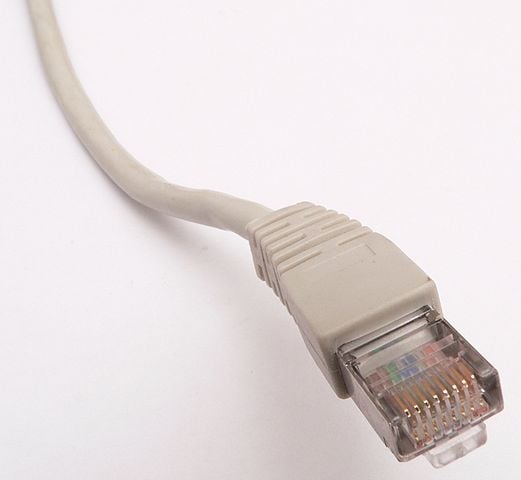

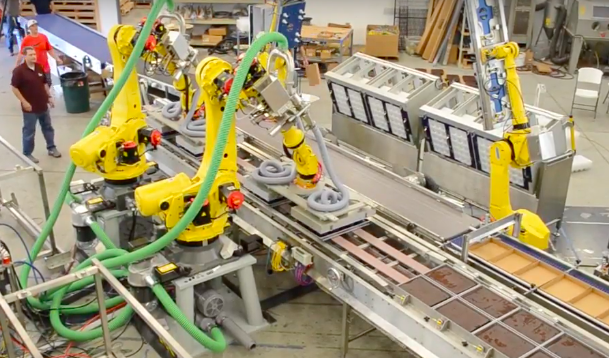

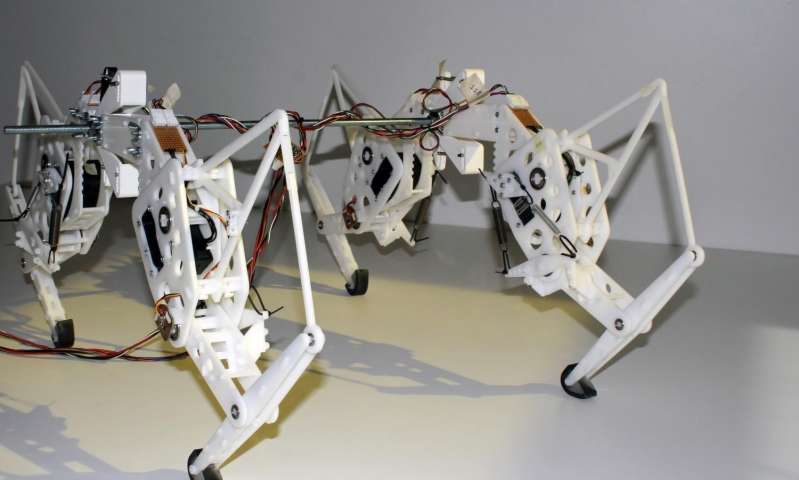


Leave a comment